By Emily Barry, Interpretive Ranger at Pawtuckaway State Park
Saturdays between the hours of 12:00 and 5:00 pm, picnickers descend upon Pawtuckaway in full force. It is the picnicker’s bewitching hour and the grills are ablaze, various cuts of meats and marinades sizzling over the coals. The air, with all its aromas, becomes a tantalizing elixir. My mouth starts watering, my tummy rumbles and my eyes scan the grills longingly. As I stroll the beach between programs, I am struck by their spell and come down with a bad case of Food Envy.
To remedy the serious case of Food Envy that has plagued me this summer, I took to learning the wild edibles found in Pawtuckaway. I would like to share with you a few of my favorite food-ventures.
A most delightful pairing, Sweet Fern-Wintergreen Tea
This tea is wonderful because it is fool proof. If you like a more minty tea, use more wintergreen. If you like it sweeter, use more sweet fern. For a stronger flavor, steep longer. This tea will not get bitter. Avoid boiling water, as this will break down the oil of wintergreen and the flavor will be bland. I like this tea because you cannot steep it too long and you don’t have to measure any ingredients.
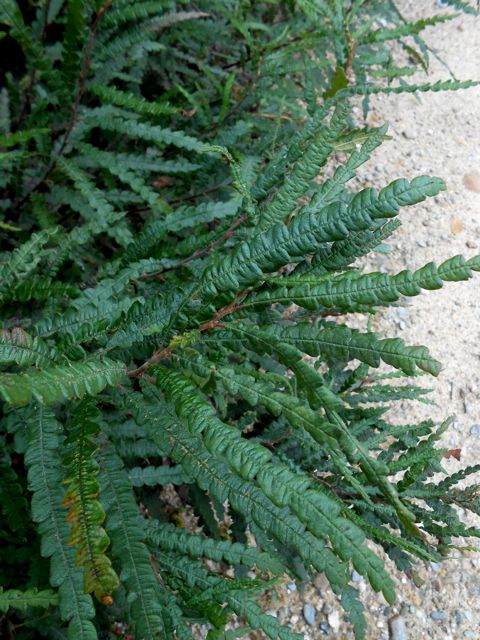
Though not actually a fern, this plant earns its name from its frond-like leaves. Crush them in your fingers for a pleasant aroma. You can make tea from these leaves fresh or dried. After steeping to make tea, apply sweet fern to poison ivy rashes for relief.
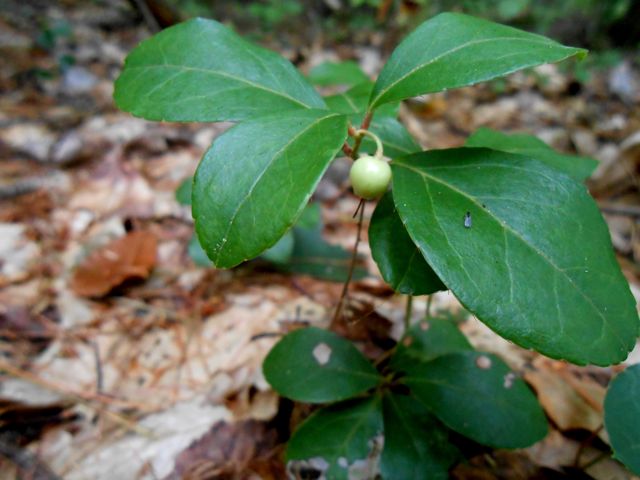
Wintergreen leaves are shiny, leathery and have slightly toothed margins. The stems are reddish and will never grow as a vine. These small berries will turn red as they mature. Both the leaves and the berries can be used for tea.
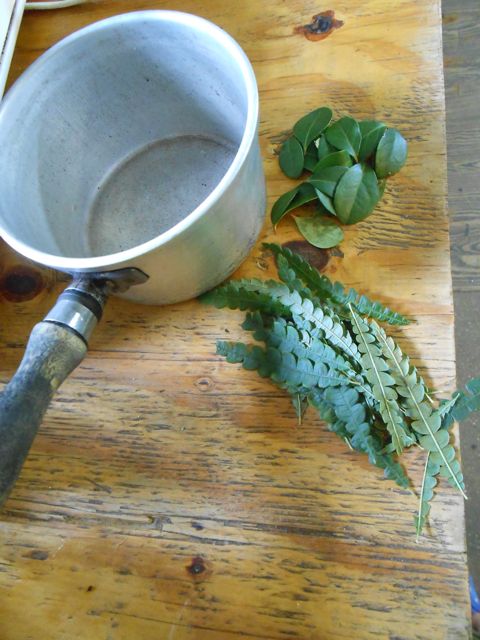
Rinse.
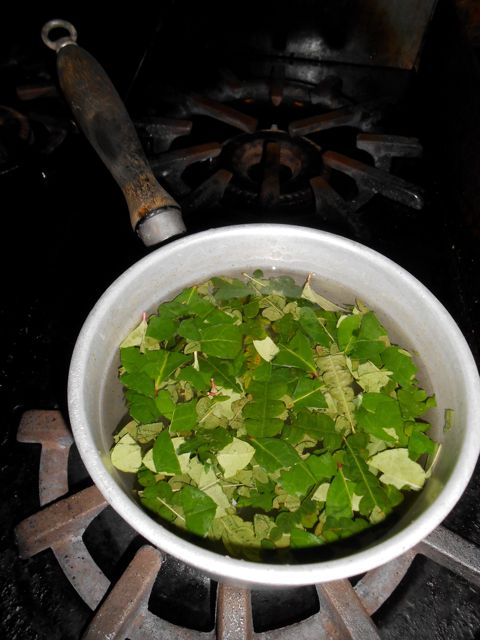
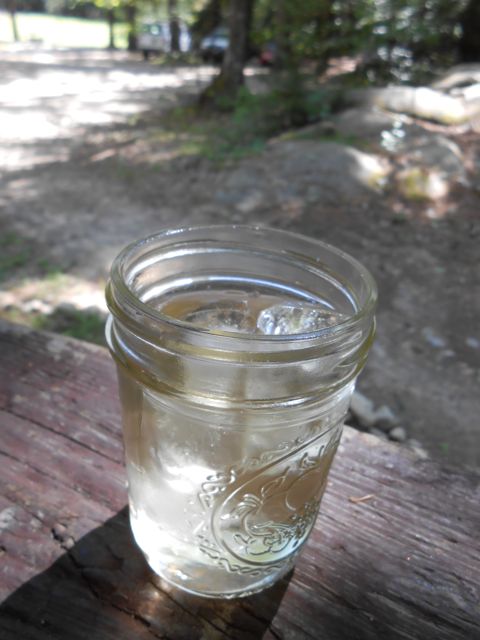
Wild’Tuckaway Blueberry Jam
Blueberries are so abundant in Pawtuckaway! High-bush blueberries are common on the islands and on the perimeter of Burnham’s Marsh and the lake. Identify blueberries by their color and the characteristic crown of five points found at the base of the berry. Prime blueberry picking season is the later half of July through August. Pick an abundance to freeze or turn into jam so you can enjoy yearlong.
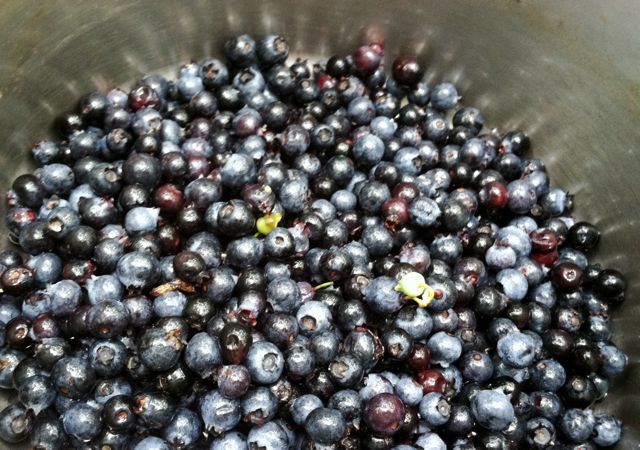
Being new to this blueberry haven, I wanted to preserve some of the season’s flavor for future enjoyment. The Coleman two burner stove didn’t stop me.
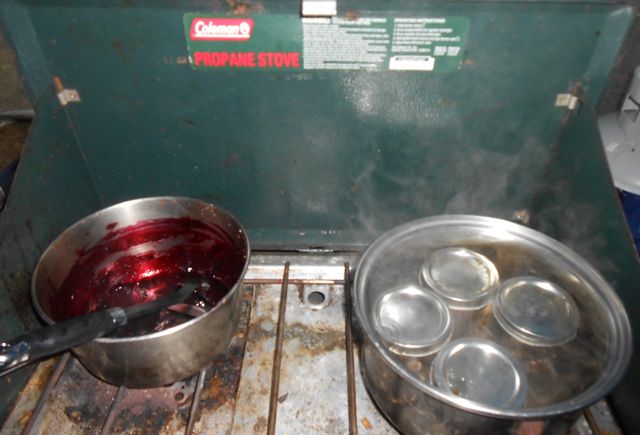
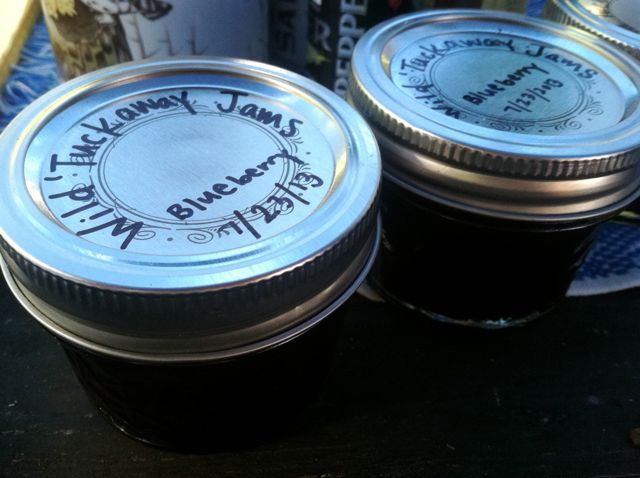
Whether it is barbecuing at your favorite park, or trying a new recipe with ingredients you foraged from the forest, take some time to enjoy the flavors of the season.
If you choose to forage, there are a few guidelines to follow.
1) Know the plant you are harvesting with absolute certainty. Misidentification can make you sick.
2) Consider where you are harvesting from. A roadside blueberry will be more contaminated and potentially dangerous than a blueberry from an island in the middle of the lake.
3) Leave enough for wildlife, other people, and for the plant to regenerate on its own.

That tea looks delightfully refreshing! Thanks for the idea!